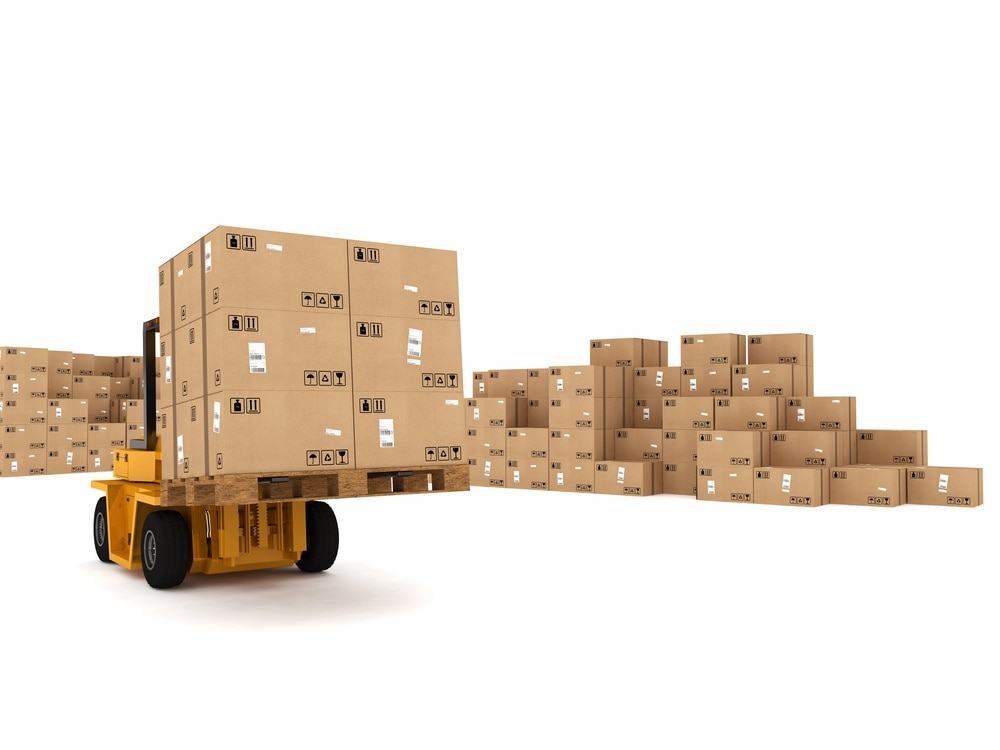Are you considering going wholesale with your eCommerce business? You’re probably feeling daunted by the conflicting advice everywhere when it comes to deciding on your Minimum Order Quantity (MOQ). Today, we’re going to talk about how to set Minimum Order Quantity terms that serve you – without making your clients run for the hills.

What is Minimum Order Quantity and why it can earn you big bucks
What is Minimum Order Quantity?
Before we jump in, let’s get the Minimum Order Quantity (MOQ) definition down pat. It’s fairly self-explanatory. Minimum Order Quantity refers to the minimum amount that can be ordered from a wholesaler supplier. For example, if you have an MOQ of 100 units or $100, your customers must be able to purchase at least 100 units or spend $100 to be able to buy from you.
Specifying MOQs is beneficial in ensuring you’re making a healthy profit margin and keeping a stable cash flow. Using QuickBooks Commerce’s B2B platform , you can set an MOQ by specifying the lowest quantity of a certain product that you are willing to sell to any buyer.

Killing it in the wholesale business requires you to understand one essential truth:
You are the boss of your business. That’s right – even if you feel that you are at your customer’s mercy to make money, there’s only one boss and that’s YOU. And you need to own it!
How do you “own it” in the wholesale business? By setting Minimum Order Quantity terms.
Minimum Order Quantity, demystified
When you make a sale via your retail channels or trade shows, you typically have zero control over how many units your customer will buy. The customer is always going to decide what quantity they need.
Good news: That’s NOT the case when you run a wholesale business online. Most wholesalers set their MOQ terms – say $100, $500 or $1000 – in order to preserve their cash flow and peace of mind.
Minimum Order Quantity (MOQ) simply means the minimum amount your retailer has to spend per order to be able to stock your products at their store.
To save you time on doing the math manually for every single item in your inventory, we've built a free EOQ calculator just for you:
How to earn big (and stay sane) with MOQ terms
The Minimum Order Quantity allows you to make up for the reduced profit margins that are typical of wholesale businesses by selling larger volumes – which means you are ensuring that you get bigger wads of cash with each order (the benefits of economies of scale!).
Here’s a simple example:
Say you’re making $10 per unit via your retail channel right now. You have zero control over how many units will be sold per order.
Since you’re going wholesale, you may choose to reduce your price to $5 per unit under the condition that your retailer purchases $200 worth of products per order. Essentially, it means that your retailer will have to purchase at least 40 units per order.
Setting up MOQ terms like the pros
It is in your best interest to carefully consider how much money you need to be able to operate your wholesale business with total peace of mind. You have to keep the cash flow going – so whatever amount you set, it should be high enough to pay for the materials, staff salaries, utilities, etc, and still make a profit.
Here is a quick MOQ cheat sheet:
- If your raw materials are expensive or your process requires lots of man-hours, go for a higher MOQ ($500 and above)
- If your product is easy and cheap to produce, go for a lower MOQ ($150-$300)
Remember, your MOQ terms can have a big impact on your bottom line. Take your time to choose wisely!
Weed out the bargain hunters, without killing the small fish
Along with bringing peace of mind, setting up MOQ terms also ensures that only your best retailers purchase from you. It’s always easier to deal with a smaller number of retailers spending big with you, rather than a larger number of retailers making smaller purchases.
Your MOQ is designed to act as a self-correcting mechanism because it weeds out all the buyers who are only looking for the cheapest price with no minimum orders (aka the Bargain Hunters).
Try buying just one olive - you’ll be sent on your merry way! MOQs pretty much work the same way.
Let’s face it: A certain segment of your customers will always belong to the “Bargain Hunters” category – but for the clients who truly value your product, a long-term relationship with you, and the service you offer, your MOQ terms will hardly be a deterrent for them.
Plus, if they are confident that they’ll be able to sell out all their stock, they will probably turn into long-term customers (which means more recurring revenue for you).
But what about your customers who want smaller quantities (aka the Small Fish)? Most customers who want smaller quantities will understand that the larger quantities are wholesale and will continue to buy small quantities from you at the retail prices.
Bonus tip: The right B2B eCommerce software will allow you to set different prices and MOQ terms for each customer – so there is no need for you to set one price for all your stockists.
But… am I always supposed to have MOQ terms in place?
Setting up MOQ terms is hardly mandatory – it’s just good business sense when adding a wholesale channel to your business.
If you’re beginning a new relationship with a retailer who has never stocked your product before, it makes sense to drop the MOQ requirements for their first order, so that they can “test drive” your product risk-free and see how quickly it flies off their shelves.
You can use this offer to push your on-the-fence retailers to do business with you, if they are apprehensive about your MOQ requirements.
Ultimately, you are free to change your mind about your MOQ and all the terms around it. With B2B eCommerce, it’s hardly ever one-size-fits-all – so you’ll need to experiment and see what suits your business and product.
Have we helped you de-mystify Minimum Order Quantity terms for your business? If you want to know more about pricing your product for wholesale (without compromising on your profit margins), check out our free guide to wholesale pricing.









